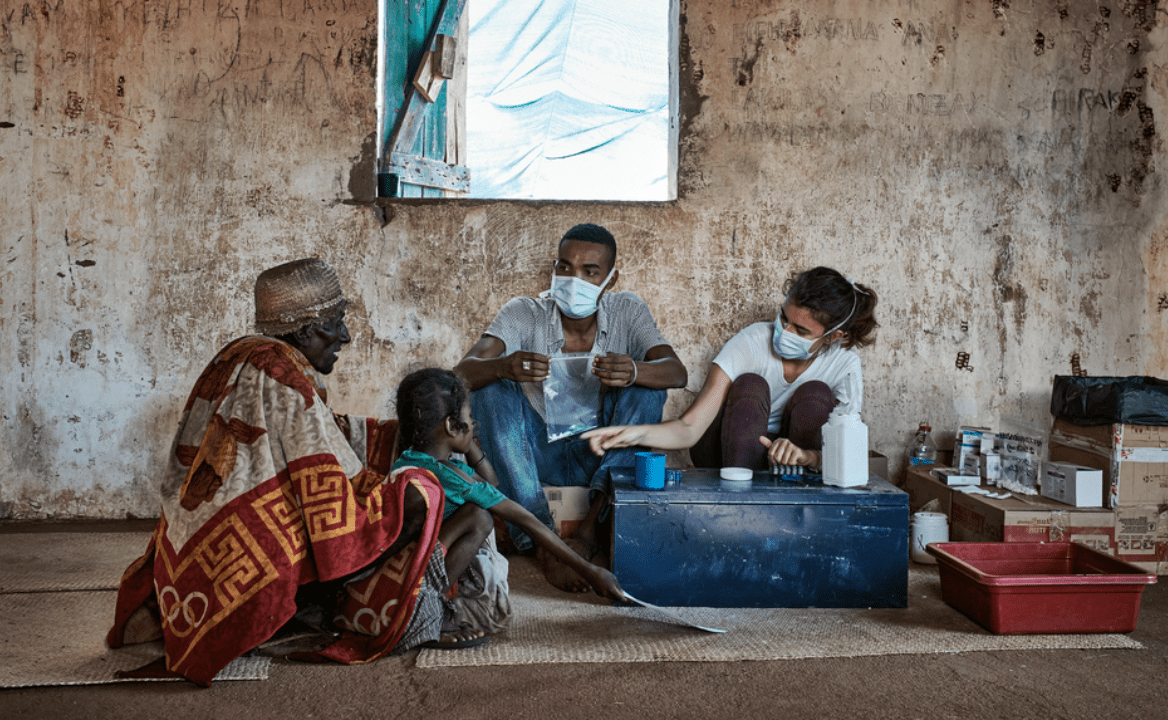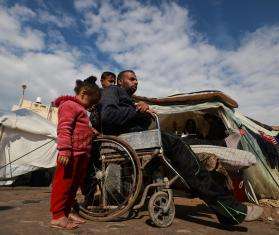A unique combination of factors including a historic drought, sandstorms caused by deforestation, and the economic effects of the COVID-19 pandemic has plunged southern Madagascar into the region’s worst nutrition crisis in decades. Some 74,000 children are acutely malnourished, according to figures released by Madagascar’s nutrition surveillance system, United Nations agencies, and similar organizations.
“In almost thirty years of working in humanitarian aid, I have rarely witnessed such extreme hardship," said Jean Pletinck, a logistician who has worked with Doctors Without Borders/Médecins Sans Frontières (MSF) for 28 years and is currently responding to the malnutrition crisis. "It’s hard to find the words to describe what I have witnessed. Three consecutive years of drought in the deserts of southern Madagascar have pushed people, who mostly live on agriculture and livestock production, to the breaking point, and entire villages to the brink of death."
Here, people who came to an MSF mobile clinic in Ranobe commune, in Madagascar’s Amboasary district, describe their experiences.
Maraignavy

Maraignavy, 37, and his five children walked for four hours to get to Ranobe from Ambohimaivo. They’ll go back with bags full of Plumpy’Nut, a peanut-based therapeutic food distributed by MSF, because all the children are suffering from malnutrition.
“Five years ago, our zebus [cattle] were stolen. Ever since, all I have to feed my family is what I manage to cultivate. When we’re able, we grow cassava, watermelons, and potatoes, but we can’t now. We make do with tubers and share pili-pili [a local name for Plumpy’Nut]. Water is hard to find. We get it from the Mandrare [the river crossing the region], but depending on how much it rains, the riverbed shifts. When the water is at its lowest point, we have to dig, and hope for the best.”
Sonambinina
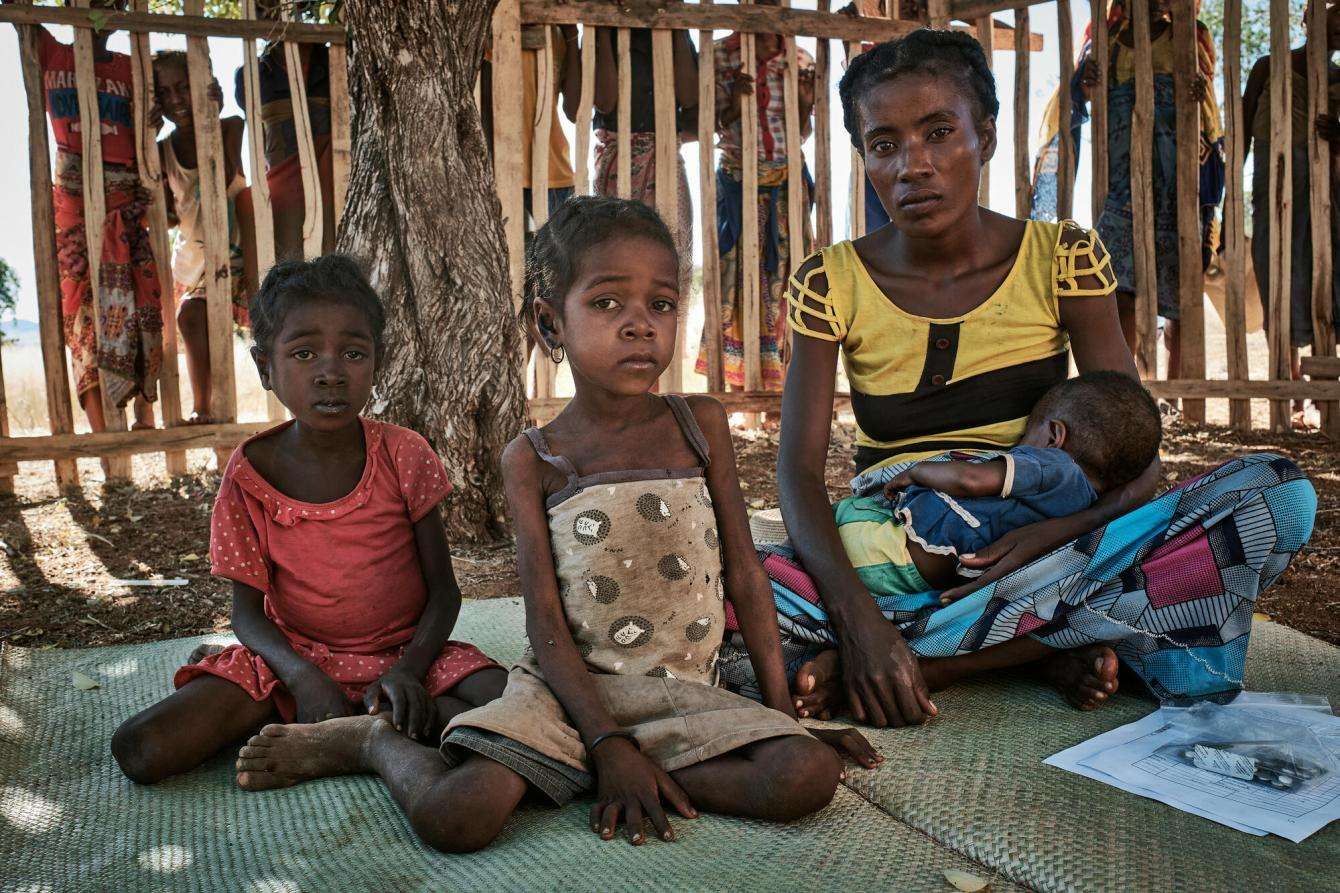
Like most of the villagers who’ve come to the mobile clinic today, Sonambinina and her four children arrived on foot from Fenoarivo. After walking for around five hours, they reached Ranobe in the late morning.
“Three of my children are suffering from malnutrition, and they’re now on MSF’s nutrition program. We don’t have livestock and nothing grows. All we eat is tubers. Going elsewhere would be pointless. I haven’t got any money, and anyway, where would we go? And if I do leave, it won’t be any different. The whole of the south is affected by the kéré [Malagasy name for the chronic food insecurity in Southern Madagascar].”
Vasaotse
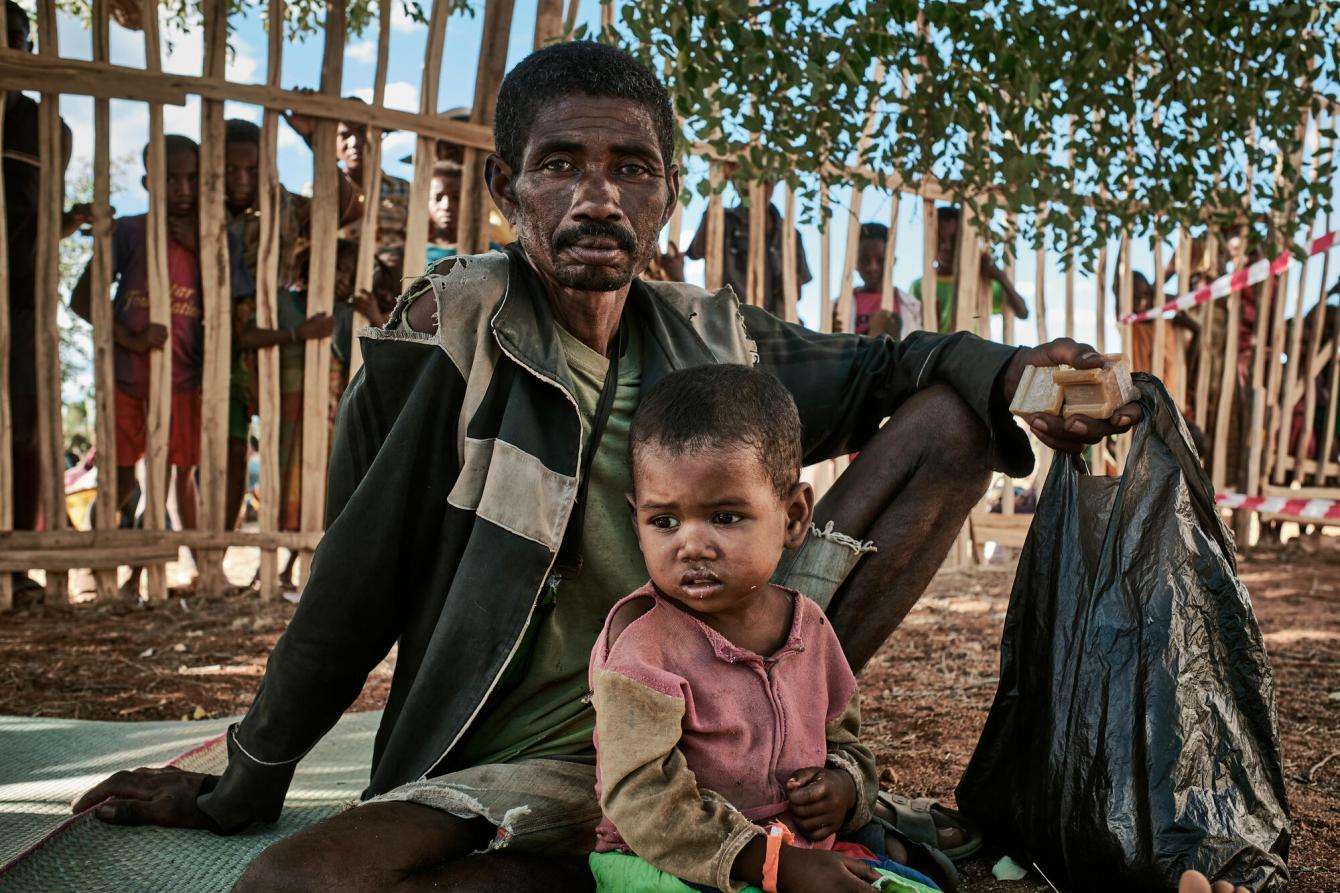
It took 51-year old Vasaotse two hours to get here with three-year-old Noriza from Ankamena, across the Mandrare river from Ranobe.
“I have five children, and three are in MSF’s nutrition program. There’s no health center in Ankamena. We used to come here to Ranobe, but the doctor left two years ago because of the Dahalo [Malagasy term for cattle rustlers and thieves in the region]. Our only solution is to go to Ebelo, but medical care there has to be paid for. I’ve got no money, so we rely on traditional medicine.
After the Dahalo attacked Ankamena four years ago, I lost everything. They stole my zebus, and looted and torched my house. I’ve had to re-build it all from scratch.”
Mize
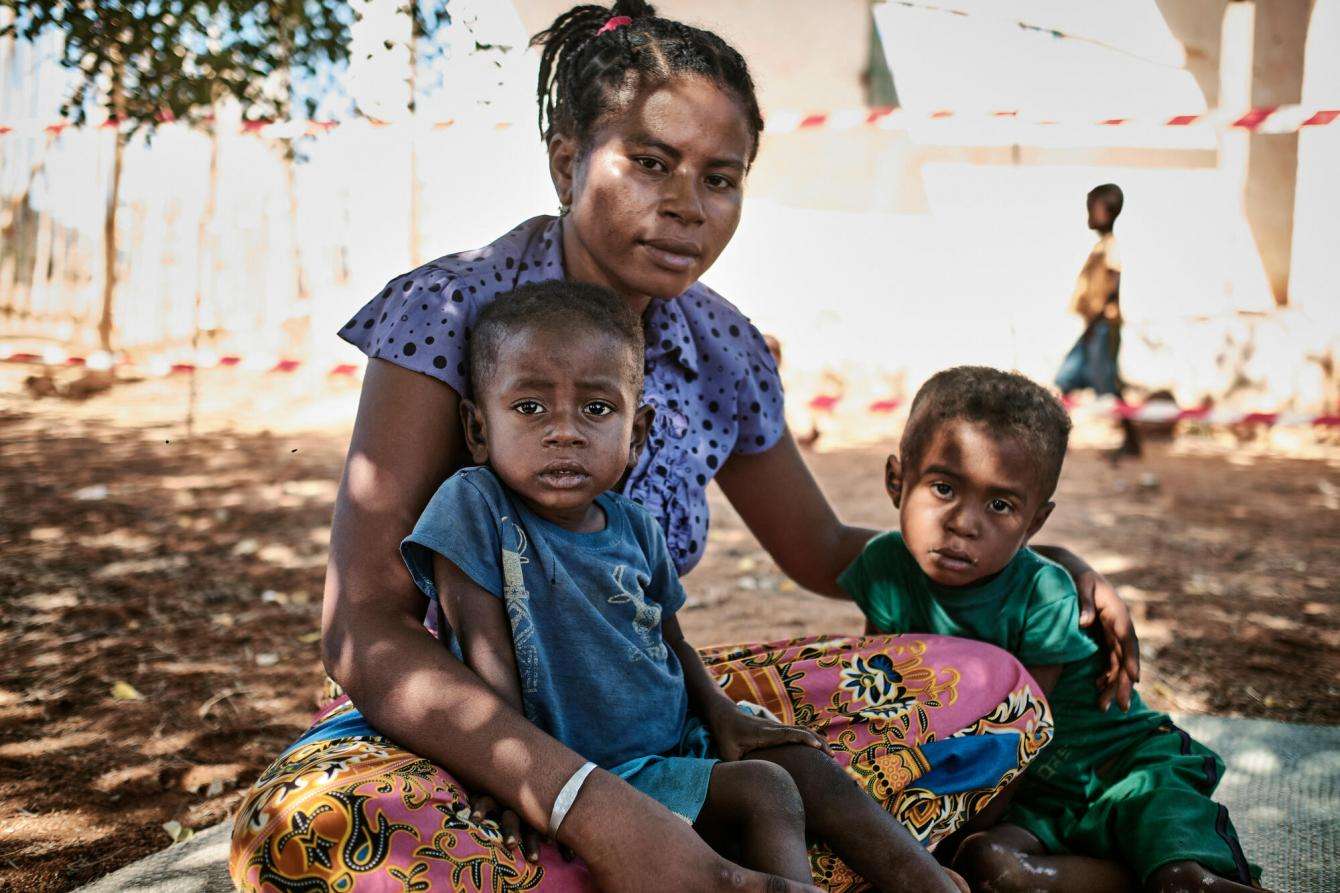
“It takes us three hours to walk to Ranobe from Beraketa. It’s a long way. I’ve brought my two sons, Christian and Christophe, because they’re malnourished. Getting hold of food in Beraketa is so hard. All we eat are tubers we find in the forest, and my children eat cassava leaves. They fall sick a lot, because of what they eat and the poor quality water we get from the river. They suffer from diarrhea. The nearest health center is in Ebelo, but treatment isn’t free and we can’t afford the drugs or the medical examinations.
Vitasoa
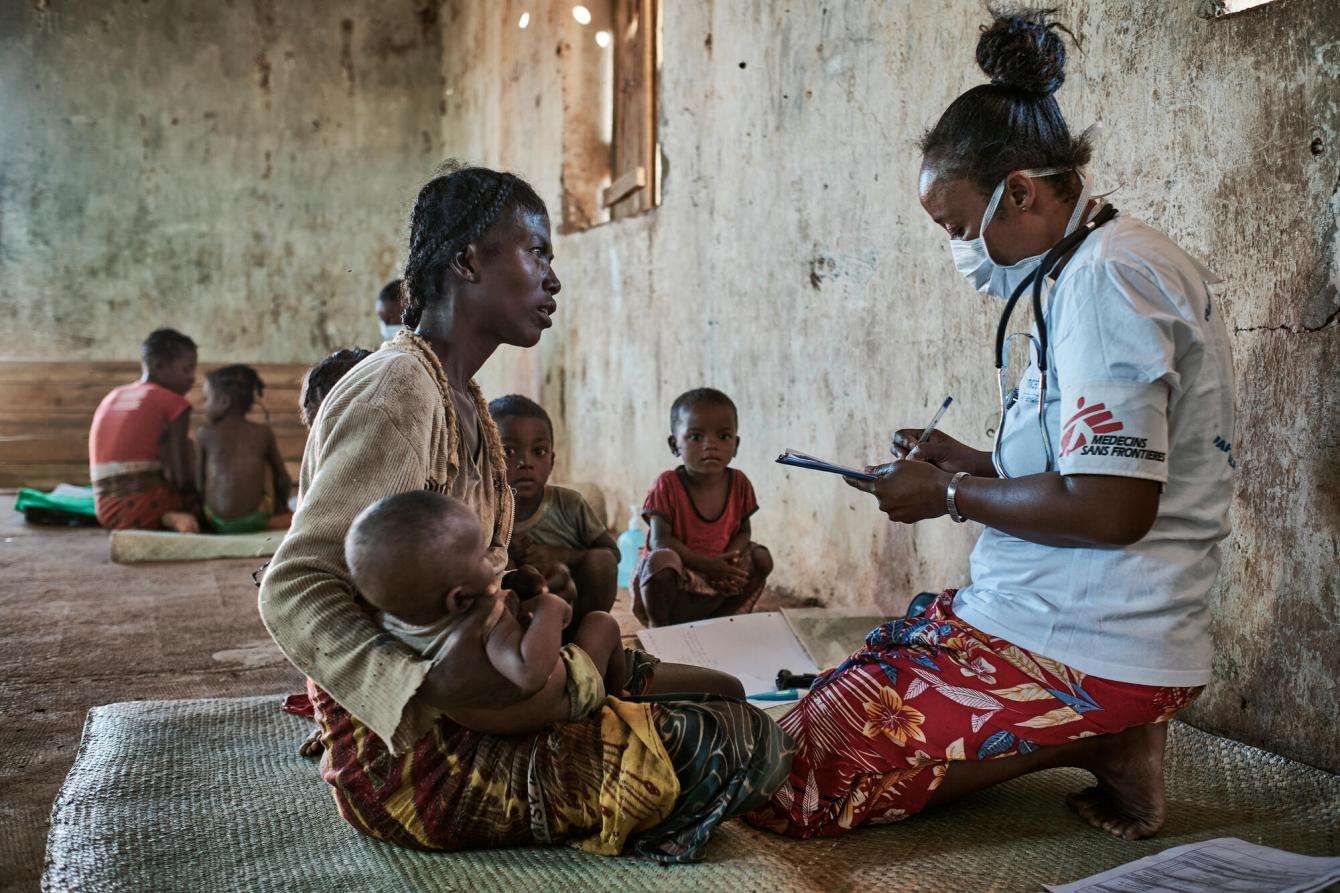
Vitasoa, 42, has six children, all of whom are being treated in the nutrition program launched by MSF at the end of March in response to the food and nutrition crisis in southern Madagascar.
“We live in Fenoarivo, and it took us five hours to walk to Ranobe,” she said. “During the rainy season, we live off cassava, mangoes, and edible leaves. But nothing’s growing because there’s been no rain. We make do with manioc tubers that we find in the forest, cactus fruit, and leaves. We have to dig in the sand for water, as there’s also less surface water. Every day we pray for rain. We’re staying positive, but we really hope it’ll come soon.”

